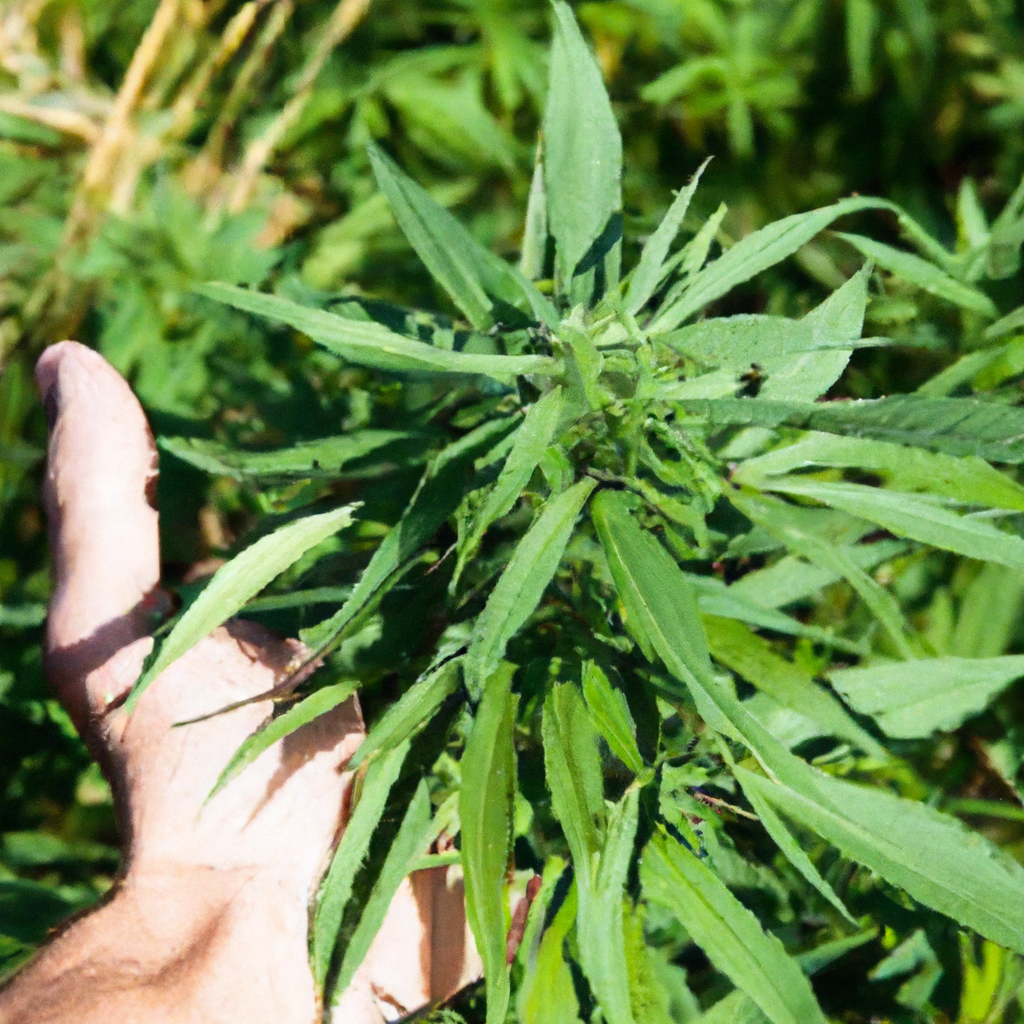By John “Magic” Greenleaf – Growing greatness, one strain at a time.
Introduction
In the rapidly expanding universe of cannabis cultivation, sustainability is a guiding star that promises not only greener grows but also a more harmonious relationship with our planet. One innovative approach getting traction is the synergy of land restoration with sustainable cannabis growing. This method helps rejuvenate depleted lands while nurturing the future of cannabis.
Nurturing the Soil, Nurturing the Plant
The heart of sustainable cannabis lies in the soil—a living entity teeming with organisms that can either bolster plant health or hinder it. Through land restoration practices, such as cover cropping and the introduction of native flora, growers can enhance soil structure and fertility. Cover crops like clover or alfalfa fix nitrogen and improve soil aeration, creating a perfect environment for hearty cannabis growth.
Rewilding Principles
Rewilding, a principle often applied to conservation, introduces native plant species into the agricultural ecosystem, thereby providing natural pest control and promoting biodiversity. These plants attract beneficial insects and birds, creating a natural pest management system that reduces the need for chemical inputs. This harmony reduces ecological footprint and supports local wildlife.
Circular Economy in Cannabis Growing
Implementing circular economy principles can transform cannabis operations into models of efficiency. By utilizing hemp by-products and composting plant waste, growers can create a closed-loop system where every output is a potential input. This system dramatically reduces waste and encourages the recycling of essential nutrients back into the growing environment.
Case Study: Colorado’s Regenerative Cannabis Farms
One notable real-world example comes from the heart of Colorado, where a cannabis farm utilizes regenerative agriculture. By incorporating practices like rotational grazing and polyculture planting, they’ve noticed a significant increase in soil health and yield quality. Not only are they producing premium cannabis, but they’re also contributing to the health of the local ecosystem.
Conclusion
Sustainable cannabis growing intertwined with land restoration offers an extraordinary opportunity to heal both the land and the industry. By focusing on soil health, biodiversity, and waste reduction, cannabis cultivators can not only produce high-quality crops but also foster ecological recovery and sustainability. The future of cannabis is vibrant and restorative, ushering in greener horizons for all.


Leave a Reply